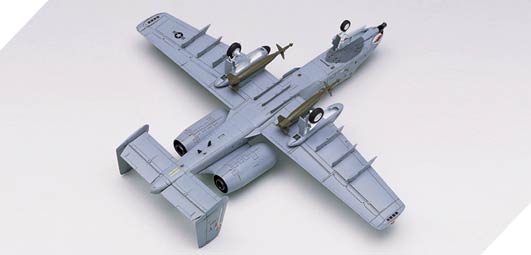
Contamination of sand with weapons of chemical warfare has been proposed but not studied (Korenyi-Both et al. No mycobacteria or chlamydia specimens were recovered. Cultures of the sand showed some filamentous fungi, yeast, and staphylococcal species. Both the size of the sand grains and their composition differ considerably from those of sand samples harvested from other sites (for example, sand taken from Hawaii). Sand from Iraq had a calcium-to-silicon ratio of 4.2:1, and sand from Kuwait had a ratio of 3.75:1 (Korenyi-Both et al. The sand material was extremely rich in calcium and silicon. demonstrated that although many sand grains were agglomerated, 18% of the sample included dispersed particles in the range of 0.1-0.25 µm such particles would be expected to bypass lung defenses (Korenyi-Both et al. However, the author found no long-term lung inflammation. Working at the Armed Forces Institute of Pathology, Irey (1994) reported birefringent sand particles in the lungs of some of 86 casualties from the Kuwait theater of operations. Military personnel deployed to the Persian Gulf are inevitably exposed to sand. A brigade of a separate mechanized infantry (1,800 soldiers) conducted training in the same region of Saudi Arabia over five summer seasons and reported respiratory During the period September-March of 1992, the marines reported respiratory illness in 2.3% of troops, and the Air Force reported 2.6%.

Respiratory symptoms were more common in those with a history of lung disease, smoking, and longer deployment and they were more common in those with less outdoor exposure and most prominent in personnel who slept in air-conditioned facilities.Īmong the 282 316th Station Hospital personnel who lived in the Al Eskan village, the prevalence of respiratory illness was 43% (Korenyi-Both et al. However, data on respiratory illnesses in troops are available those data are summarized in detail in Chapter 4. It is not possible to determine the exact number of troops affected by Al Eskan disease. 2000 Kilpatrick 2000).ĭuring ODSh and ODSt, about 697,000 US troops were deployed.

However, the hypotheses and conclusions of those researchers have not been uniformly accepted and have generated considerable debate (Clooman et al.

Their investigations ascribe the illness to an immune response to sand-particle exposure (Korenyi-Both et al. Korenyi-Both and colleagues observed among the troops a vague systemic illness (causing primarily respiratory symptoms) that they termed Al-Eskan disease or Desert Storm pneumonitis (Korenyi-Both et al. The 316th Station Hospital personnel lived in Al Eskan village from January 12 until March 12, 1991. However, the villages were never used until the US military came to the region for Operation Desert Shield (ODSh) and Operation Desert Storm (ODSt). In the early 1980s, King Khalid of Saudi Arabia attempted to settle Bedouins in a group of villages, including one in Riyadh called Al Eskan (Korenyi-Both et al.


 0 kommentar(er)
0 kommentar(er)
